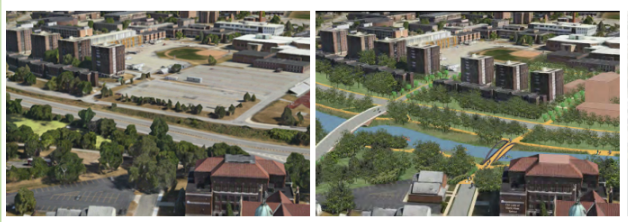
We’ve been following the progress of Greater Buffalo Niagara Regional Transportation Council (GBNRTC) plans since it was announced by NY State that they would be the lead agency for the planning process. We hoped to have a presentation by Hal Morse, ED of GBNRTC, at our April VN meeting. Our meeting, however, was scotched due to you-know-what.
We learned that it will be an 18 month process aimed at a project that “will strengthen … community assets to create a safe, healthy and prosperous city and region for all needs.” From what we understand, this will be for the entire length of Rte. 198 and the section of Rte. 33 from 198 to downtown Buffalo.
GBNRTC is in the initial phase of the process, identifying and engaging stakeholders, community leaders, officials and experts. Multimodal assets will be identified, objectives and performance metrics will be documented. GBNRTC plans to engage a panel of national experts for counsel on potential options. Then this is where it gets interesting:
Based on all the input, GBNRTC will “assemble specific transportation access actions to achieve the stated objectives.”
“These will include options in all modes and specific to the study area as well as potential alterations outside the corridor.
Testing of the proposed set of actions in transportation simulation models..
Final set of improvement options will be subsequently prepared.”
Vision Niagara is actively working with Scajaquada Corridor Coalition to develop designs on how we can reconnect our communities and restore historic landscapes, as well as make way for development opportunities which have been strangled by highways. Our goal is to present this vision to GBNRTC, other stakeholders and the community at large in the near future. Stay tuned!
Quotes are from GBNRTC document Region Central – Approach to Project Workscope for Scajaquada Community Forward Study.